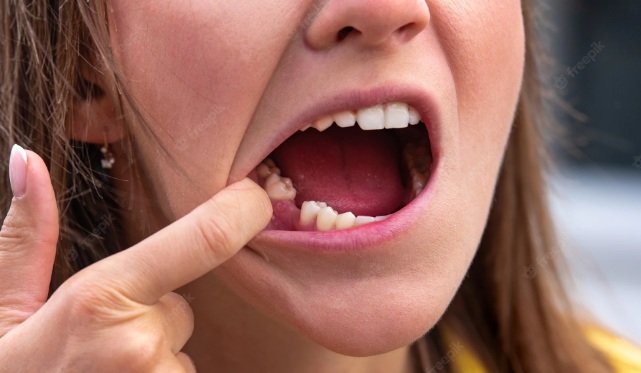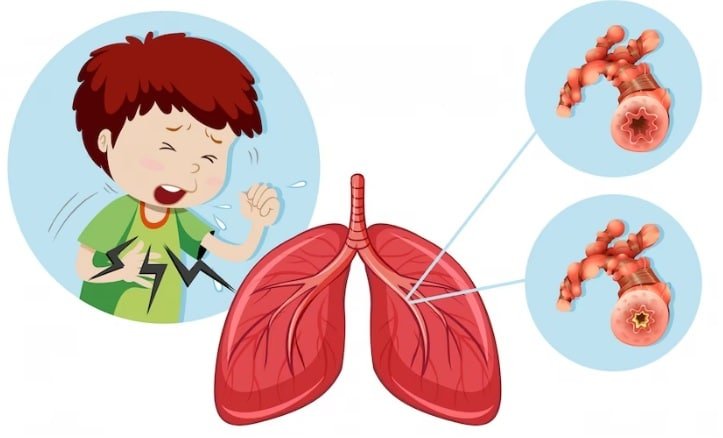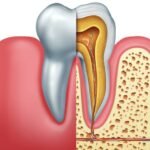The healing process after the extraction can take a few weeks. The body will form a blood clot in the socket to stop the bleeding and a scab might form over the extraction site. To aid healing, it is best to avoid smoking, using straws, and eating hard or crunchy foods during the recovery period. Here are what should a tooth extraction look like when healing.
What should a tooth extraction look like when healing?
A dental extraction is a surgical procedure in which a tooth is extracted from its alveolar socket in the mandible or maxilla.The healing process after a tooth extraction can vary depending on the individual and the complexity of the extraction. It’s important to follow the dentist’s instructions and monitor the extraction site to ensure proper healing.
Here are some things that you may expect during the healing process after a tooth extraction:
- Swelling: After a tooth extraction, swelling around the extraction site is common. This is due to the body’s natural response to the trauma of the extraction. The swelling will typically peak around the second day and will gradually decrease over the next few days.
- Bruising: Bruising around the extraction site is also a normal part of the healing process. The bruise will typically appear as a black-and-blue mark and will gradually fade over the next few days.
- Pain: Some discomfort or pain is to be expected after a tooth extraction. Pain medication prescribed by dentist will help to manage the pain.
- Stitches: If the dentist placed stitches to close the extraction site, they will typically dissolve on their own within 7 to 10 days.
- Blood clot: After the tooth is removed, a blood clot will form in the socket to help stop the bleeding. It’s important not to disturb this clot as it is necessary for proper healing.
- Scab: As the blood clot forms, a scab may develop over the extraction site. It’s important not to disturb this scab as it is also necessary for proper healing.
- Healing: In the first few days after the extraction, the extraction site will begin to heal. New tissue will grow over the socket and the extraction site will gradually fill in with bone.
Here are the pictures :

Wound healing process tooth extraction site after 3 days:
The wound healing process at the tooth extraction site after 3 days can be divided into three distinct stages.
- The initial phase, which lasts for around the first 3 days, is known as the inflammatory phase. During this stage, the body’s natural response is to send blood and immune cells to the extraction site in order to clean and seal the wound. Symptoms such as swelling, bruising, and pain may occur during this phase.
- The second phase, known as the proliferative phase, begins around day 3 and lasts for about a week. During this phase, new blood vessels start to grow into the wound, bringing oxygen and essential nutrients to the area. New tissue such as granulation tissue begins to form, providing the foundation for the new tissue that will form over the extraction site. The blood clot that formed during the first phase is replaced by new tissue and the extraction site starts to fill in with new bone.
- The final phase, known as the remodeling phase, starts around day 7 and can last for several months. During this phase, the new tissue that formed during the second phase is gradually replaced by mature tissue. The extraction site continues to fill in with new bone, and the tissue begins to resemble the tissue that was present before the extraction.
Wisdom tooth extraction healing day by day:
Post-operative phase: Immediately following the surgery, one can expect to experience some level of pain and inflammation. On the first day, it is crucial to apply pressure to the extraction site using gauze for about 45 minutes to prevent bleeding. Applying ice packs to the external cheek area can also help to mitigate the swelling.
Peak inflammation phase: During the second and third days, the swelling will reach its maximum, causing the face to appear distorted and swollen. It is important to take it easy and avoid any physical exertion.
Subsiding phase: The fourth and fifth days mark the beginning of the subsiding phase, where the pain and inflammation start to decrease. Soft foods should be consumed and care should be taken to avoid smoking and drinking through straws to prevent dry sockets.
Recovery phase: By the sixth and seventh days, one will start to feel more like themselves and can begin to return to normal activities. By the end of the first week, the recovery process will be well on its way.
General guidelines: It is important to follow the dentist’s instructions and take any prescribed medication as directed. Foods that are hard or crunchy, as well as hot liquids should be avoided to prevent discomfort and prolong the recovery period. Additionally, good oral hygiene practices such as rinsing the mouth with salt water and gentle brushing of teeth should be maintained.
It’s important to note that recovery time may vary from person to person and the above information is general and based on the average recovery process. If any unusual symptoms or concerns arise, it is advised to contact the dentist for further guidance.












